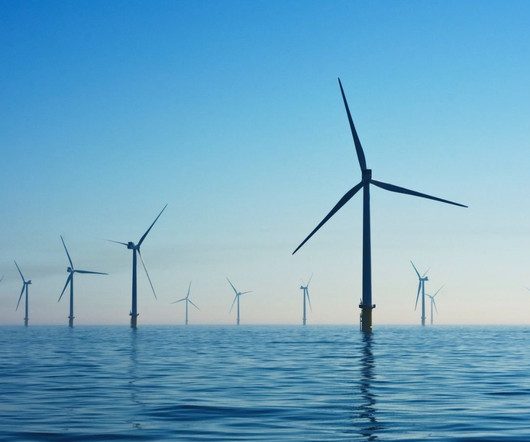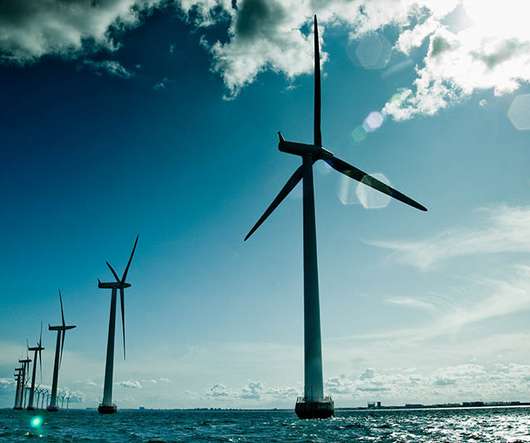In the Race for Clean Energy, the United States is Both a Leader and a Laggard—Here’s How
Union of Concerned Scientists
MAY 27, 2024
Announcing recently that the world broke a record by generating 30 percent of all electricity from renewable sources in 2023, the British think tank Ember said the data proves we are in a “new era” of energy in which a permanent decline in fossil fuels is “inevitable.” More on that shortly. But first, the undeniably good news.























Let's personalize your content